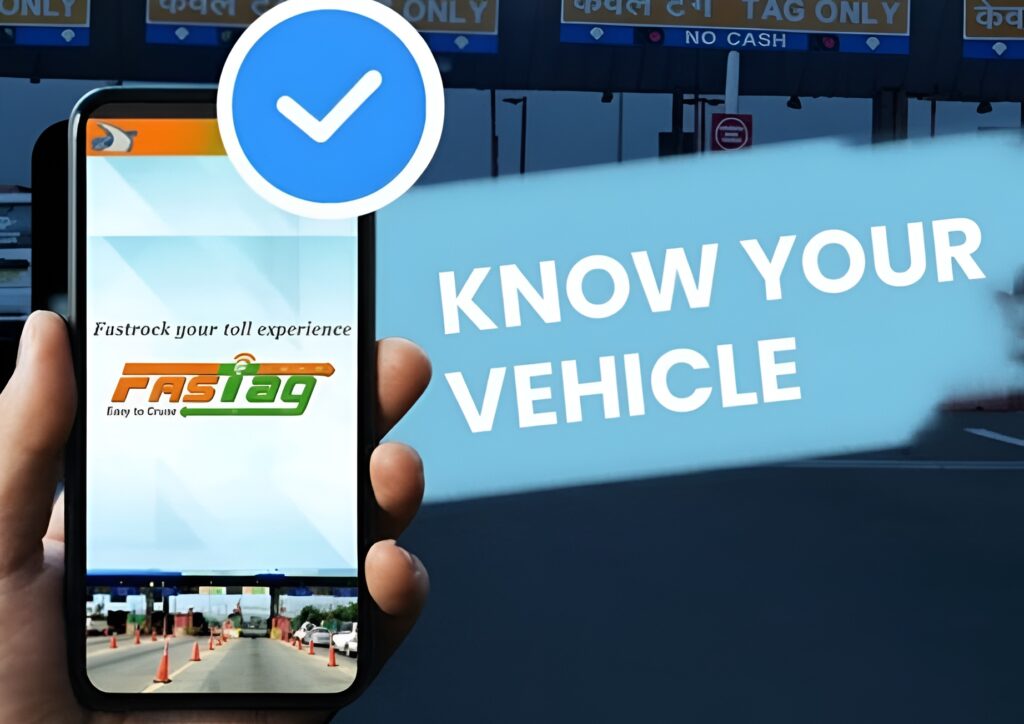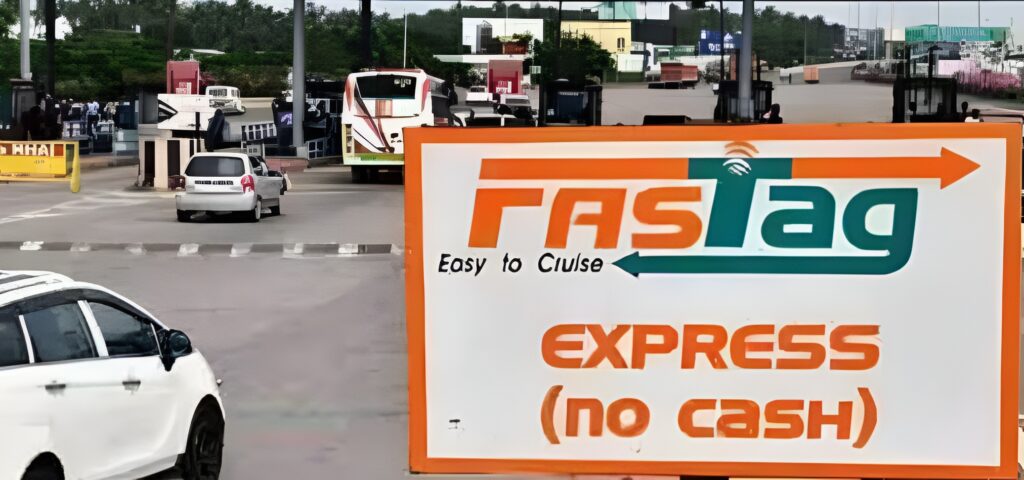Introduction
The National Highways Authority of India (NHAI) has simplified the FASTag Know Your Vehicle (KYV) procedure by ensuring services stay active.
Last year, the KYV procedure was implemented in order to prevent the leakages into the FASTag system, since a few of the truck drivers were using the car tags illegally to avoid paying elevated tolls.

However, the users of FASTag will no longer deal with any type of disruption in its services for not accomplishing vehicle verification with the NHAI, by modifying the KYV procedure in order to make it highly user-friendly and easier.
FASTag features: FASTag is regarded as a device that is fixed on the windscreen of a vehicle, which allows mechanical toll payment by utilizing Radio Frequency Identification (RFID) technology, enabling motorists to pass through plazas without stopping for cash transactions.
What is KYV?
On its website, HDFC demonstrates the requirement of KYV, which is determined to be a regulatory need for all FASTag consumers in order to upload particular images associated with their FASTag.
This is being introduced in order to make sure that the FASTag has been issued on the appropriate vehicle. According to the guidelines, KYV will be valid for 3 years. After the completion of three years, Re-KYV will be due, and you will be required to re-upload the images.

The circular also determines that the KYV procedure must also agree with the OVOT (one-vehicle-one tag) authorization that was made obligatory from 31st October 2025.
Revised rules issued by the Indian Highways Management Company Limited (IHMCL)
- Even if the KYV procedure is pending, FASTag services will stay active. Moreover, users will be served an appropriate time to accomplish verification, rather than dealing with unexpected deferral.
- Exclusion of manifold photo uploads. Motorists driving vans, jeeps, or cars no longer need to facilitate side images of their vehicles. The novel requirements ask only for a front photograph that clearly outlines the FASTag along with the number plate of the vehicle.
- The procedure has also been associated with Vahan, which is known as the national vehicle database. When consumers enter the mobile number, chassis number, or vehicle number, the system will retrieve the Registration Certificate (RC) number, and then the user can choose the particular one for the completion of KYV.
In the meantime, FASTag issued prior to the KYV policy came into effect will continue to work as usual. They will only be flagged if the bank gets any complaints regarding loose tags or misuse. If the KYV of the users is still pending, then they will also get SMS notifications from the issuing bank

If consumers find it challenging to complete KYV on their own or upload documents, then the NHAI has guided banks to provide support. Furthermore, the issuing banks need to consult with the users proactively and help them with the procedure.
Additionally, the drivers could reach the helpline number of the National Highway at 1033 in order to seek help or raise complaints.

Importance of KYV verification
- As per the ICICI Bank website, according to the regulations, it is compulsory to complete KYV verification.
- It becomes important to make sure that all the images uploaded are correct and clear.
- Furthermore, the KYV images will be verified by the bank, and in case any of the applications is being declined on the basis of the sole discretion of the bank, then your FASTag will be hotlisted.
- In order to remove the FASTag from the hotlist, you will be required to again upload the accurate documents. The FASTag will be removed from the hotlist once verified as well as approved.







